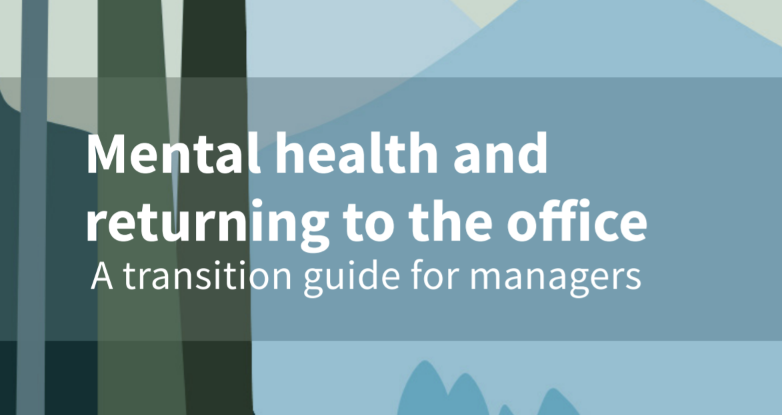
When it comes to making decisions about returning to the office, managers have to tread a fine line. Determining when to return to the office is no simple matter, especially since employers and employees have different opinions on the subject.
Businesses are answering in different ways. Some like the file-hosting service company Dropbox are staying virtual first, pointing to the benefits of nonlinear workdays. But others, like tech giant Facebook and insurance company Aviva, are opting for a “hybrid” model, offering greater flexibility and independence for workers while maintaining certain structures.
Like all changes in the workplace, it should be handled with care and compassion. Calling employees back to a physical workspace prematurely could result in a subsequent closure if there is an outbreak—and degrade employee trust in the process. On the other side of the spectrum, many businesses want people to return to in-person work, and many employees are eager to do so as well.
To help managers oversee the transition, VinciWorks has prepared a free transition guide for managers. “Mental health and returning to the office” addresses many of the issues managers will probably face and have to consider when making decisions during this time, such as the anxiety people are feeling around the issue, what Covid stress disorder is and why we all are suffering from it, PTSD and how to cope, vaccines, and tips for a stress free return to the office. The guide also includes case studies from a few different companies, how they managed the return, and whether it was successful or less so.








